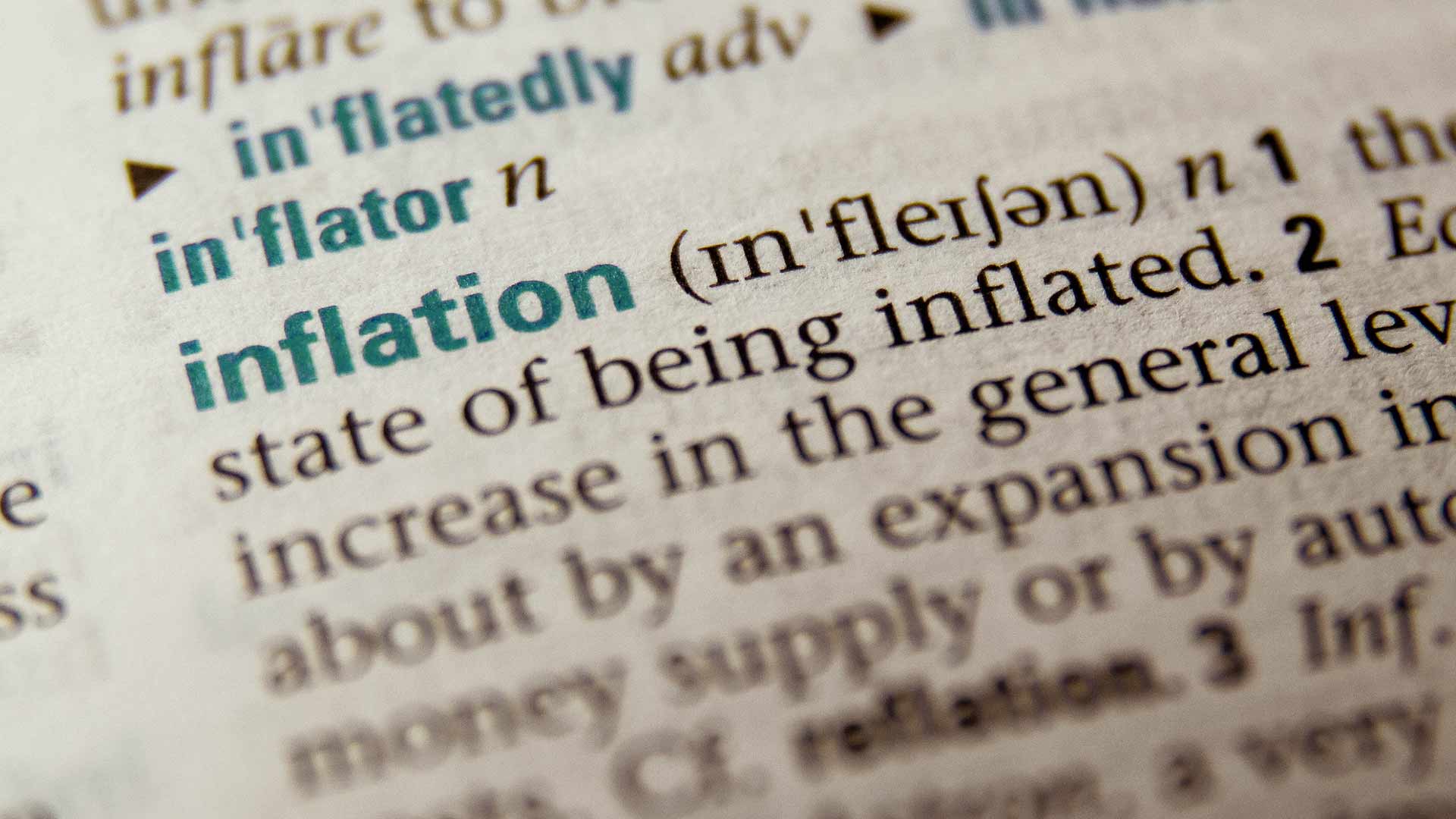South African consumers have been going through tough times. The past few years have seen high inflation while global politics, war and the oil price, combined with a host of local factors – most notably, the challenges in electricity and water supply – pushed prices and interest rates higher. Fortunately, we got some good news in the second half of 2024.
The South African Reserve Bank (SARB), which sets our national monetary policy, has for some years set a target inflation rate of between 3% and 6%. But an improvement in local conditions after the formation of the Government of National Unity (GNU) and the reduction in electricity outages have contributed to a drop in inflation.
In September 2024 headline consumer inflation dropped to 3.8% year-on-year – the first time it had been below 4% since 2021. This resulted in SARB cutting interest rates in September by 25 basis points, from 8.25% to 8%. This was the first such rate cut in 4 years, and SARB followed up with a further reduction by 25 basis points in November 2024, dropping the rate to 7.75%. At the time of writing there has been a further 25 basis point rate cut, in January 2025, which translates to a reduction in the repo rate from 7.75% to 7.50% while the prime lending rate decreases from 11.25% to 11%.
What do these rate cuts mean for you, and how can you take advantage of them to put more money in your pocket?
Interest rate outlook
SARB has been positive about further interest rate cuts into 2025. The Bureau for Economic Research, among other authorities, has predicted that the current decline in inflation will continue. This more positive outlook is led by the drop in inflation rates.
What this means for your pocket is a continued easing of consumer prices, especially for the basics. But SARB will be cautious about significant rate cuts because our economy remains vulnerable to global pressures, such as the oil price. These are currently to our advantage, with lower oil prices, stable or slightly reduced food prices, and a stronger rand that eases price pressures on the cost of living.
Take the money you’re saving through reduced interest on debt and add it to the amount you save every month
With these lower interest rates, there is scope for SARB to look at a reduction in the national targeted inflation rate. SA’s target of between 3% and 6% is well above that of some of our major trading partners – the USA, UK, and EU target inflation at roughly 2% per year. The higher inflation rate impacts our competitiveness, even relative to other emerging markets.
Making lower interest rates work for you
The recent rate cuts have reduced the prime lending rate to 11.25%. How can you reap financial rewards from this?
- Debt and loans
Interest rates are closely linked to the cost of borrowing money. When the interest rate drops, it becomes easier for you to meet your debt and loan obligations. Not only can you borrow more from most banks at better rates, but you should also be able to afford to pay down your existing loans and debt faster. This in turn benefits your credit score.
- Home loans and bond repayments
If you’re already paying off a home loan, a drop in interest rates will reduce your minimum monthly payment. This is one area where you can score big – if you can keep paying the same amount into your bond, you can substantially reduce interest and other costs and reduce the home loan repayment period. Lower interest means you will generally pay less for your home, even across the full repayment period. For example, on a R2 million bond, a 25-basis point cut in the prime lending rate reduces the overall loan repayment amount over 20 years by a total of R83,000.
- Other loans
Interest rates on other loans will vary depending on the lending institution, and they are not always linked to the prime lending rate, depending on the type of loan. Generally, though, paying the same amount every month as you were before the interest rate fell means you reduce the amount of interest you pay on all your loans, often quite substantially.
- Savings
If your savings account is linked to the prime rate, the return on your savings may drop in line with the reduction in the prime rate. This will depend on whether you are invested in capital growth assets or interest generating assets like fixed-deposit accounts. One strategy is to take the money you’re saving through reduced interest on debt and add it to the amount you save every month, to offset any reduced earnings from interest after a rate cut. Your savings will then be in a much better position to benefit, should interest rates rise again.
A lower interest rate ultimately gives you the opportunity to reduce your everyday debt and to look for cost-effective ways to invest the extra cash that you have available as a result.
Nedbank offers competitive interest rates on a full suite of home loans and personal loans. For an idea of how much you’ll pay on a changed interest rate on your home loan, use this calculator or this personal loan calculator. Decrease the interest rate, and the calculator will show you how much less you’ll pay if the rate drops to that level.
This article is for general information only and does not constitute financial advice under the FAIS Act. Nedbank accepts no liability for any loss arising from reliance on this content. Please consult a qualified advisor before making financial decisions.








